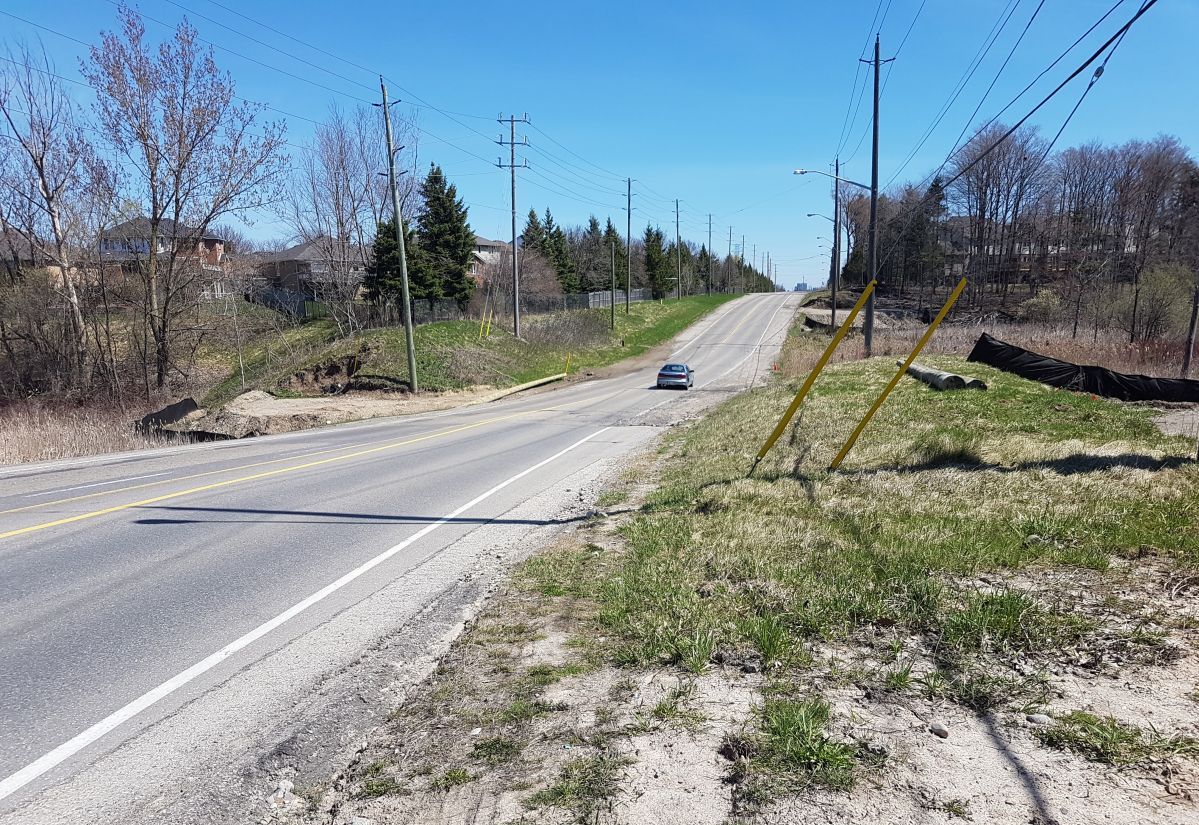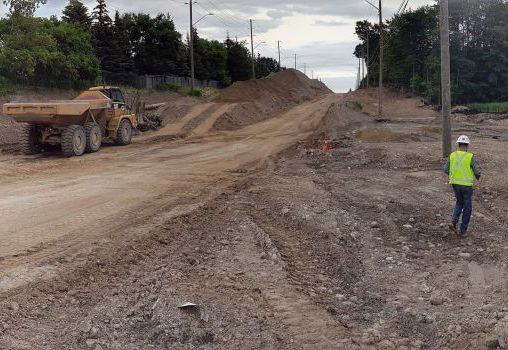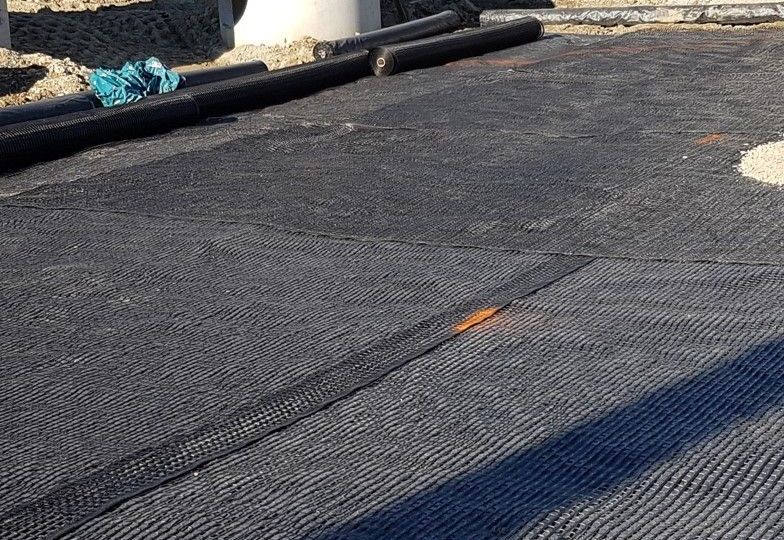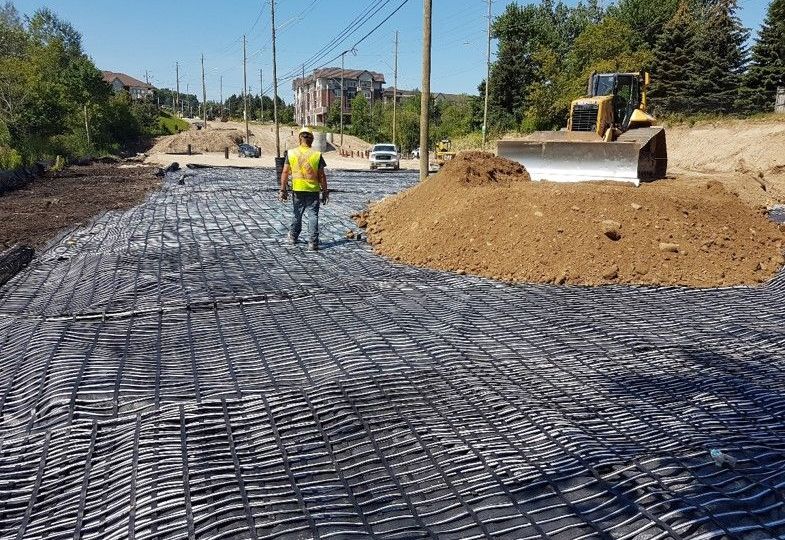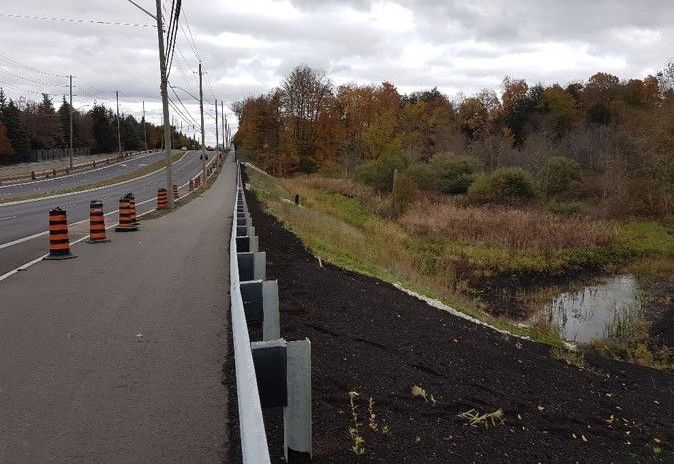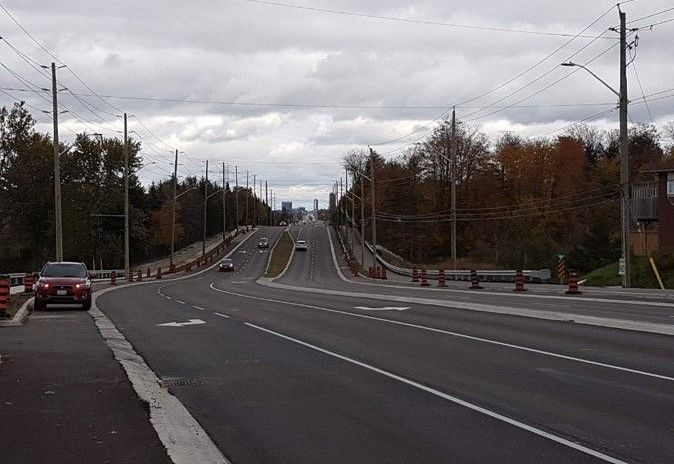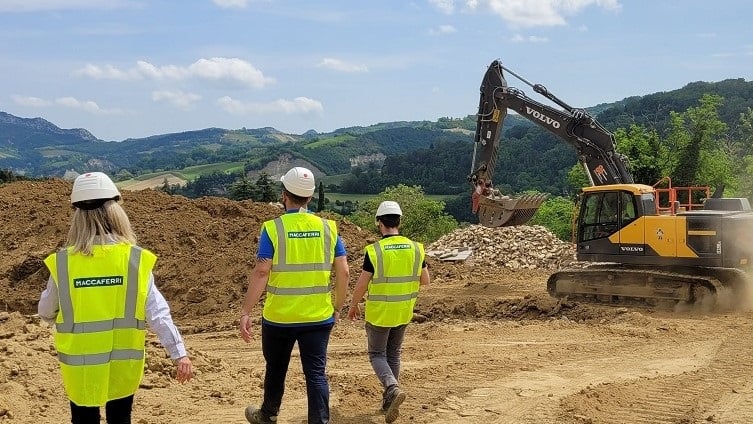Reinforced Soil Walls and Slope Reinforcement
2019
WATERLOO - ONTARIO - Canada
The Region of Waterloo
COLUMBIA STREET WIDENING AND RECONSTRUCTION
Problem
Because of quite a large volume of traffic, which adversely affects the traffic flows on Columbia Street, the Region of Waterloo required road to be widened from 2 lanes to 4 lanes, while including 2 multi-use trails. Also the owner required the top of the asphalt to be elevated approximately 2m. To complicate matters, part of the old roadway was built over peat and was protected by a local conservation authority agency. Any Traditional methods of removing the unsuitable material (over 3m) and replacing it with competent material would prove to be economically impractical and not allowed by the conservation authority.
Solution
Maccaferri was contacted by the project geotechincal engineer to find a solution for the embankment. After a comprenhensive analisys, Maccaferri came up with a combined solution that includes: 1 meter deep foundation platform reinforced with 110 kN uniaxial geogrids placed in a biaxial configuration and 5 meters high geocomposite reinforced embankment using native onsite soil. An innovative geocomposite has been developed that combines the functions of reinforcement and drainage for use in stabilizing steep slopes in conjunction with marginal and cohesive soils. The material, ParaDrain™, consists of high tenacity multifilament polyester yarns that are placed in tension and then co-extruded with a polyethylene sheath into strips. The combination of polyester and polyethylene polymers in a single strip provides high tensile strength and superior creep performance of the polyester while having the superior installation damage resistance of the polyethylene. The polyethylene sheath is profiled to provide a shaped drainage channel. The drainage channel is oriented parallel to the load bearing axis of the polyester yarns, providing drainage along the direction of tensile loading in the reinforced soil zone. The profiled element has a thermally bonded nonwoven geotextile strip bonded on the shoulders of the drainage channel. The geotextile allows excess pore water pressure to dissipate while retaining the cohesive soil. Maccaferri’s solution brought to the owner a saving of $5 Million CAD when compared to that of traditional methods.
Used Products
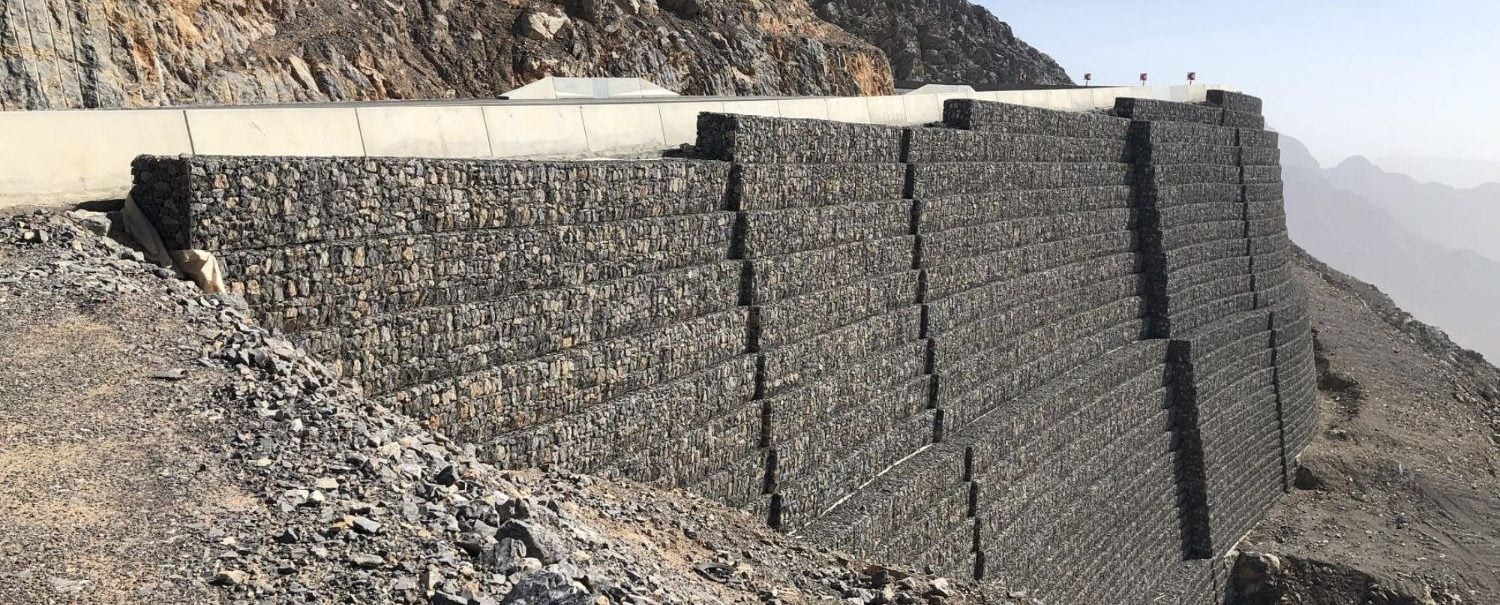
TerraMesh
Maccaferri Terramesh® Family includes different facing options to build a Mechanically Stabilized Earth (MSE) structures and Reinforced Soil SlopesView

